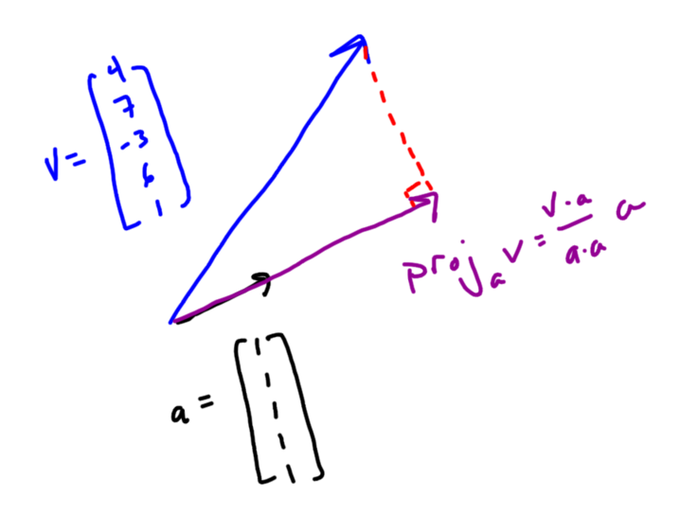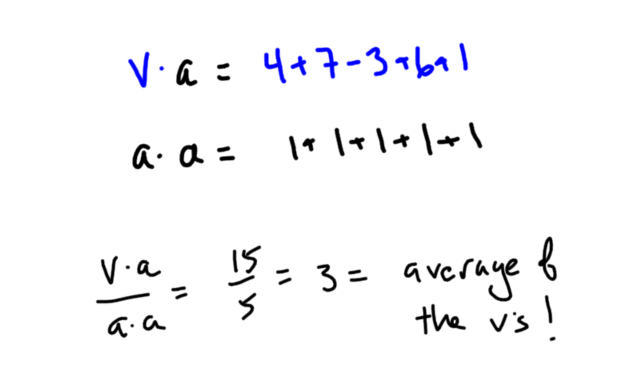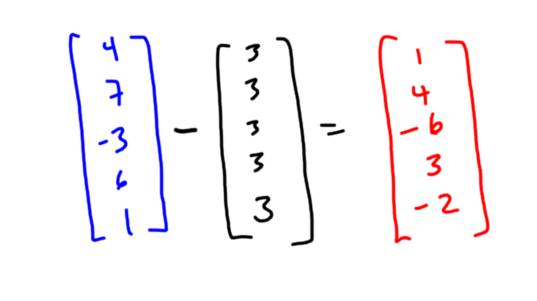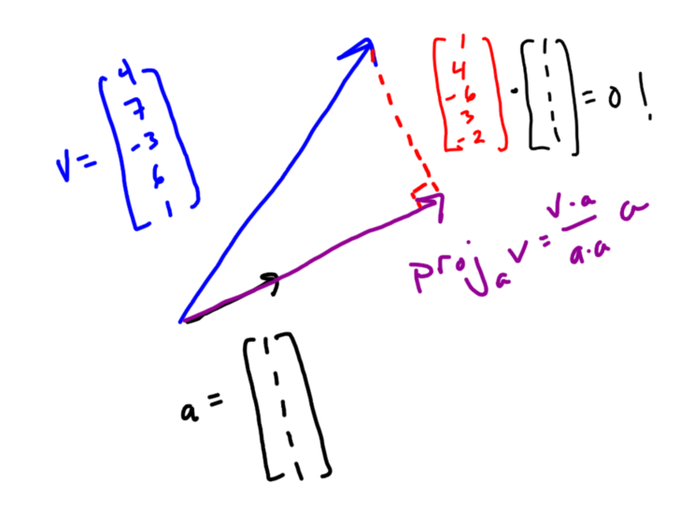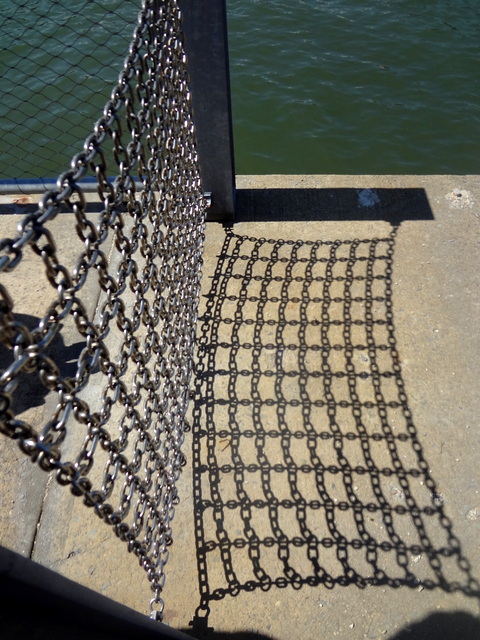In keeping up with (what is now a 10-year!) tradition, here’s a brief review of my professional year.
Without question my biggest professional accomplishment of 2022 was the publication of my book, Painless Statistics. People are buying it and even saying nice things about it! From start to finish it was an incredible learning process, and I now know what is meant by the saying “It is better to have written a book than to write one.”
I was happy to resume giving talks and workshop again in person in 2022. In the spring I returned to Queen’s College to speak to soon-to-be math teachers about making math by design. And after two years of remote-only teacher workshops, I was thrilled to return to the Math for America offices for The Geometry of Linear Algebra. It’s been exciting to learn so much linear algebra as I teach it, and I already have new workshops and talks scheduled for 2023.
On top of publishing Painless Statistics, it was another busy year of writing. As usual my column for Quanta Magazine provided a year full of the best kind of mathematical challenges, and I had a blast writing about brownie bake-offs and geometric dissections, different kinds of infinities, and Wordle, among other things. And I reviewed Ben Orlin’s book Math Games with Bad Drawings for the American Mathematical Monthly.
Above all, it was just nice to have a professional year that seemed to be trending toward normal.
Here’s to an even more normal 2023!
Related Posts


